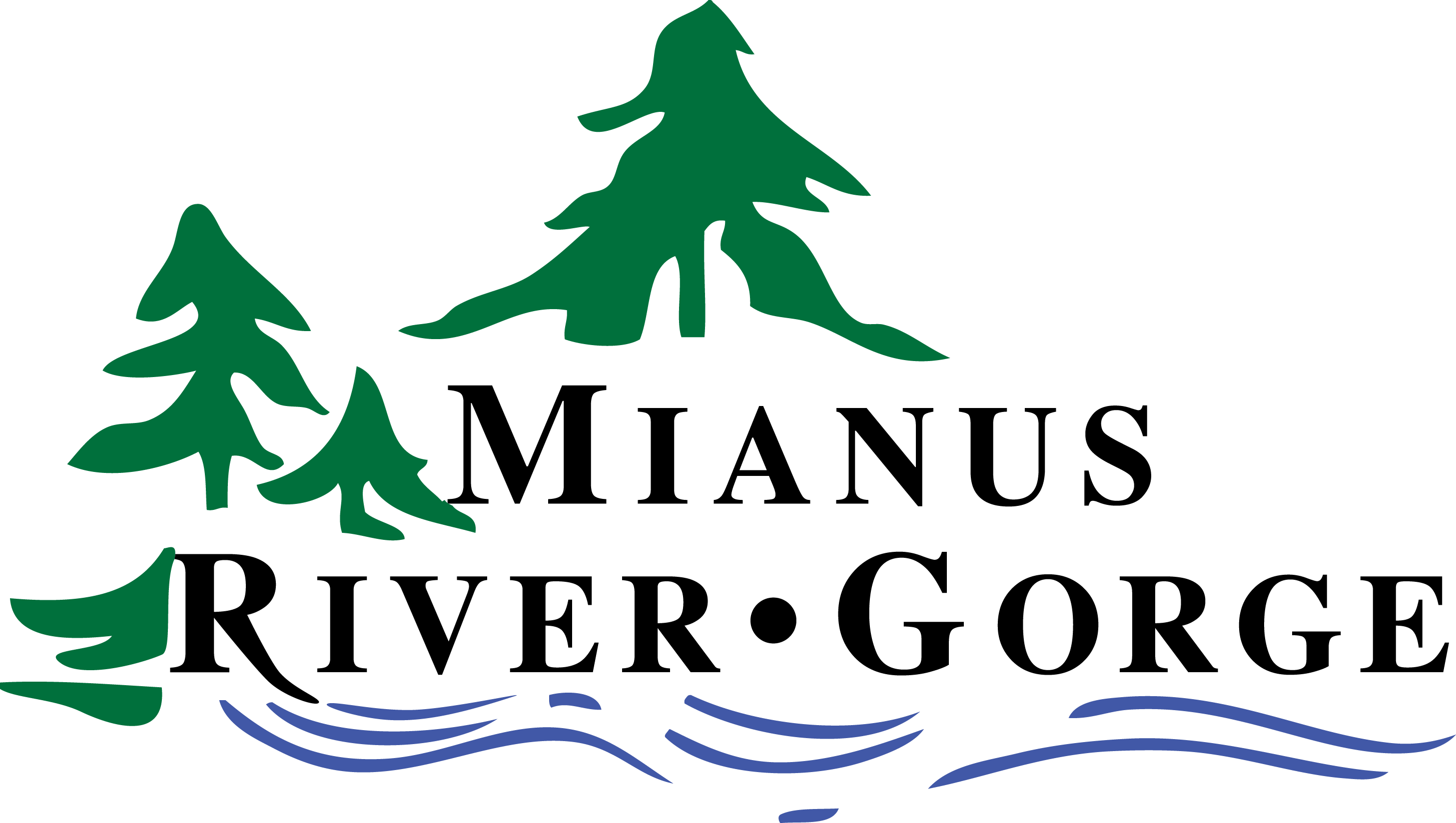
Wildlife Tech Class of 2014
Blind Brook High School
Mentor: Chris Nagy (MRG)
Project: Using Camera Traps to Test the Efficacy of Hair and Box Traps for Sampling Suburban Carnivores
Project Status: Completed
Project Description: Mammalian carnivores, such as the coyote (Canis latrans), are often difficult to monitor in the wild because of their secretive nature and low density. Coyotes are rarely the target species for hair trap studies causing a lack in reliable methods for collecting coyote hair. Cameras were used to catalogue the animals’ reactions to several different methods for collecting hair. Different materials and lures were tested as well as the different methods. Hair snares made of wooden blocks with Velcro, outdoors carpet, or outdoor carpet tape was tested first with fatty acid tablets. A climber trap was tested with sardines and coyote urine powder. Hair corrals were then set up with barbed wired blocks in the center. Sardines, fatty acid tablets, coyote urine powder, and coyote urine spray were tested at various times in the corrals. Traps were made putting cleaning brushes, pet brushes, and Velcro were placed between two pieces of hardware cloth with a chicken wing. The traps were placed at different times and were checked every two to three weeks for hair and pictures. Overall, the hair traps did not work well. If one wishes to attract and photograph raccoons, sardines are the best bait. For coyotes, the use of coyote urine powder or Fatty Acid Tablets was the most effective. There was a high overlap between what worked for coyotes and what drew in raccoons, but the urine powder seemed to be more coyote-specific. Information on the best coyote lures (urine powder and fatty acid pellets) will be useful for future camera surveys.
